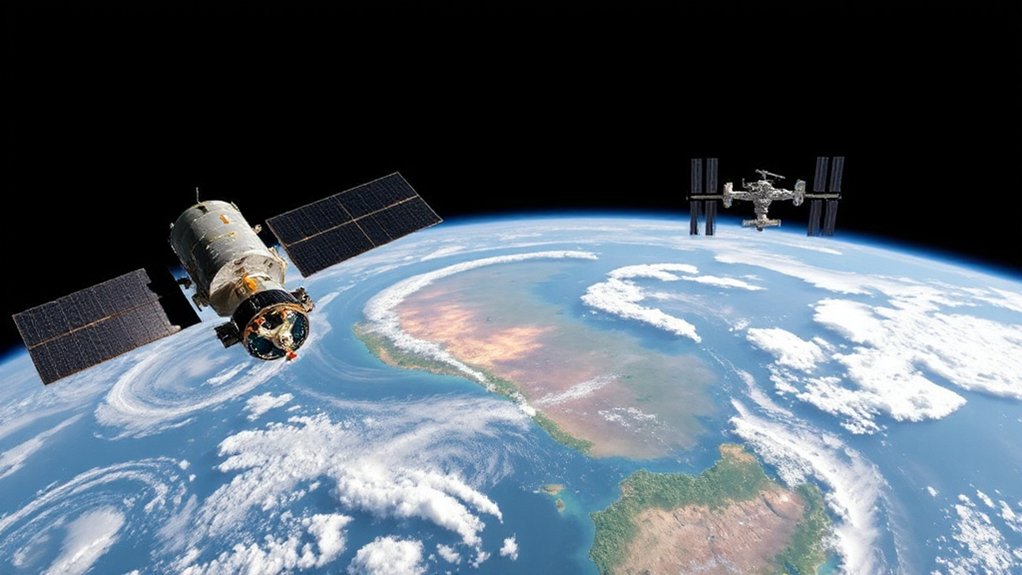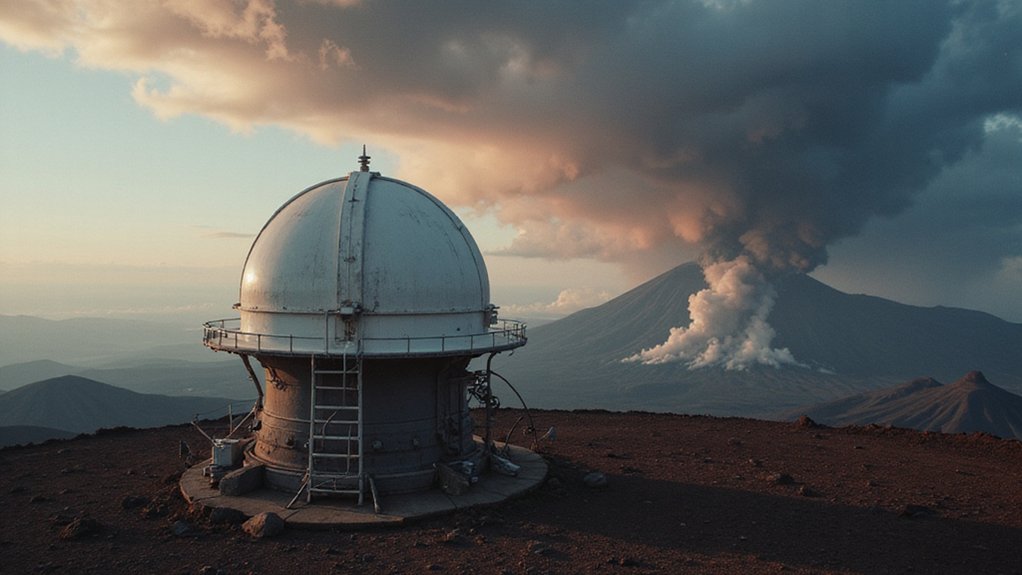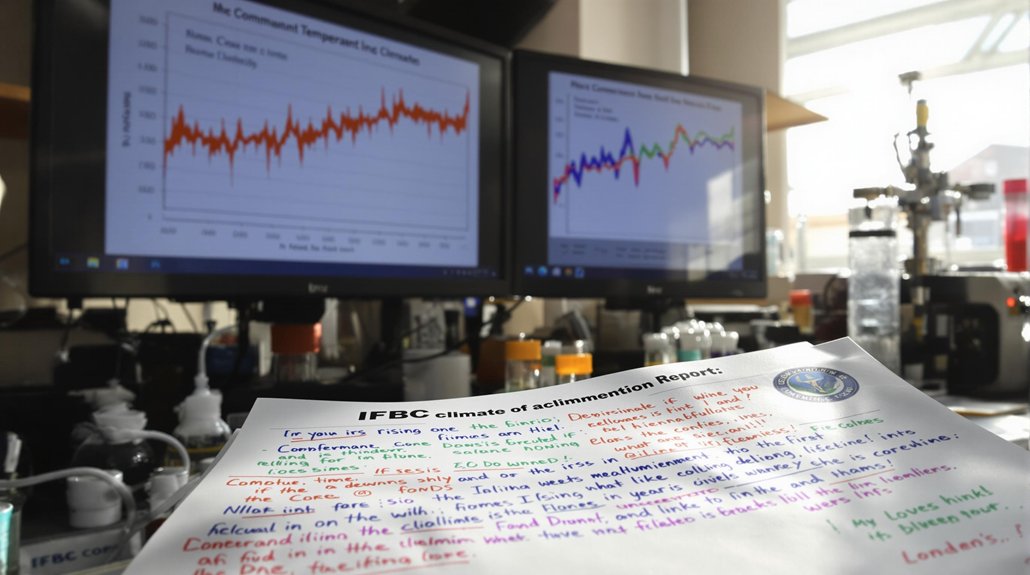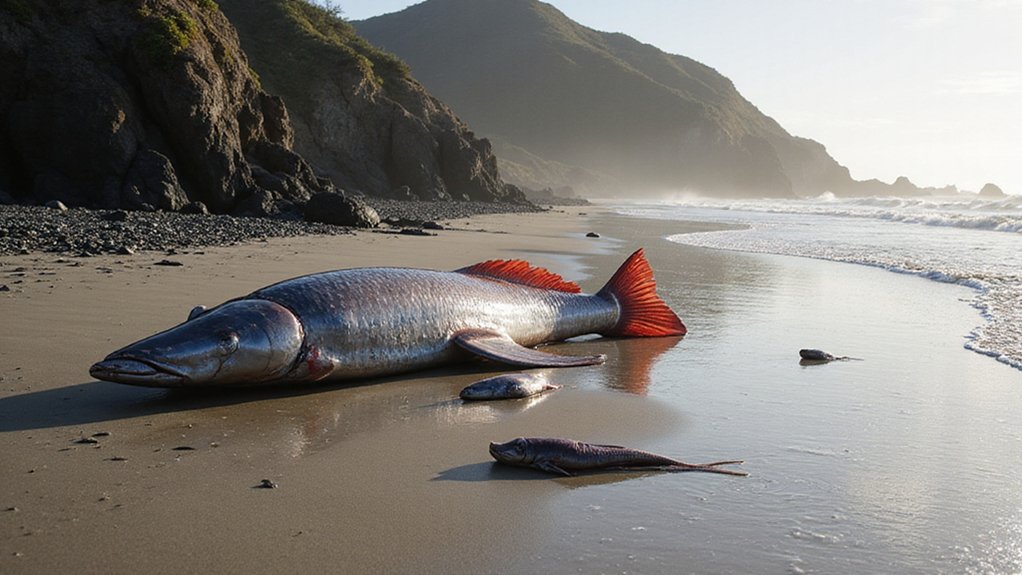The Trump administration has set its sights on shutting down NASA’s climate-monitoring satellites that track carbon dioxide in Earth’s atmosphere. The budget proposal specifically targets the OCO-2 and OCO-3 satellites, which provide the most precise global carbon dioxide measurements available today.
NASA’s own 2023 scientific review rated these satellites as having “exceptionally high” value, contradicting the administration’s claim that the missions are “beyond their prime.” Both satellites remain fully functional, with OCO-2 launched in 2014 and OCO-3 mounted on the International Space Station since 2019.
The satellites measure carbon dioxide emissions and absorption locations worldwide with unprecedented accuracy. They’ve revealed vital climate insights, including that the Amazon rainforest now emits more CO₂ than it absorbs, while boreal forests act as net carbon absorbers.
NASA’s carbon satellites reveal alarming truth: Amazon now releases more CO₂ than it captures.
Scientists, lawmakers, and environmental advocates have strongly objected to the shutdown plans. A letter signed by 64 members of Congress warned that the administration’s actions might be illegal without an approved budget. Despite this, NASA has already begun workforce adjustments aimed at ending multiple climate monitoring missions.
If decommissioned, OCO-2 would be moved to a lower orbit where it would eventually burn up in Earth’s atmosphere. OCO-3 could be switched off but would remain physically attached to the ISS, potentially allowing for future reactivation.
The loss of these satellites would create a significant gap in global climate monitoring. The 2026 budget proposal includes no funding allocation for the continuation of these crucial OCO missions. Their data helps verify international emission reduction efforts, track deforestation, support drought preparedness, and maintain food security planning. Advocates are exploring alternative funding options, including reaching out to international partners and donors to maintain these critical missions.
Critics argue that ending these missions would reduce oversight capabilities and set back efforts to refine climate models. The satellites also help farmers monitor crop health and provide essential information for drought assessment. These cuts mirror the broader pattern of carbon capture technology investments being hindered by inconsistent funding, despite their essential role in meeting climate goals.
The controversy highlights tensions between scientific priorities and political considerations in climate research funding, with potential long-term consequences for global environmental intelligence gathering.









